The World Coastal Forum (WCF) is an international, multi-stakeholder platform established in 2022 to advance the protection, restoration, and sustainable use of coastal ecosystems, it serves as a key platform to strengthen international cooperation, exchange best practices, and advance sustainable coastal development in line with relevant Multilateral Environmental Agreements and the vision of the IUCN.
The WCF 2025 was held from 24-25 September in Yancheng, China. During the Forum, the International Mangrove Center (IMC) co-organized a seminar on “Conservation and Monitoring of Mangrove Wetlands and Migratory Birds” together with Shenzhen University and the Hainan International Blue Carbon Research Center on September 24. Experts from Tsinghua University, Nanjing University, Shenzhen University, the Hainan International Blue Carbon Research Center, Panama’s Ministry of Environment, and Andhra University (India) exchanged insights on topics including mangrove ecological restoration and blue carbon, coastal wetland restoration and monitoring, migratory bird health risks, and international case practices. They called for strengthened scientific cooperation to build consensus and policy recommendations, tackle mangrove and wetland degradation, and accelerate the sustainable management of world coastal ecosystems.
At the seminar, Prof. Bao Daming, Director General of the Interim Secretariat of the IMC, first introduced the Center’s establishment, mission, and objectives. He emphasized that the IMC is dedicated to building a science-based platform for dialogue and capacity building, linking the carbon sequestration value of mangroves with the biodiversity value of migratory flyways. By promoting smart monitoring, ecological restoration, and cross-regional cooperation, the IMC aims to translate scientific knowledge into policy recommendations in support of world coastal ecosystem sustainability.
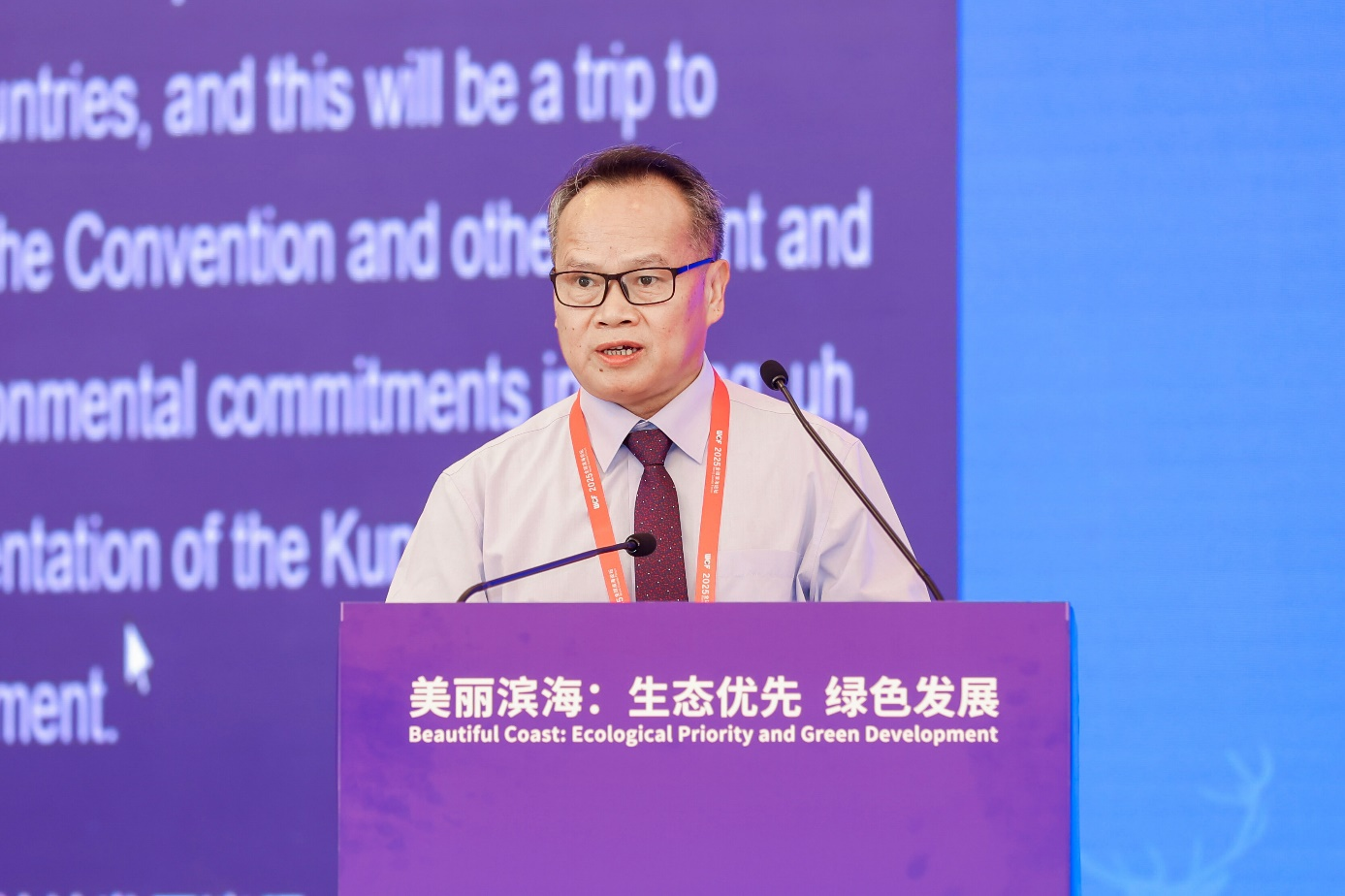
Photo 1 : Prof. Bao Daming, Director General of the Interim Secretariat of the International Mangrove Center
Mr. Ji Shengnan, Deputy Director of the Hainan Research Academy of Environmental Sciences and Representative of the Hainan International Blue Carbon Research Center, shared the Center’s achievements and research outcomes in wetland conservation. He highlighted its focus on research, pilot demonstrations, and international cooperation, advancing mangrove restoration and carbon enhancement through monitoring, accounting, and methodological development. He expressed hopes for deeper collaboration with the IMC to further expand wetland protection and research.
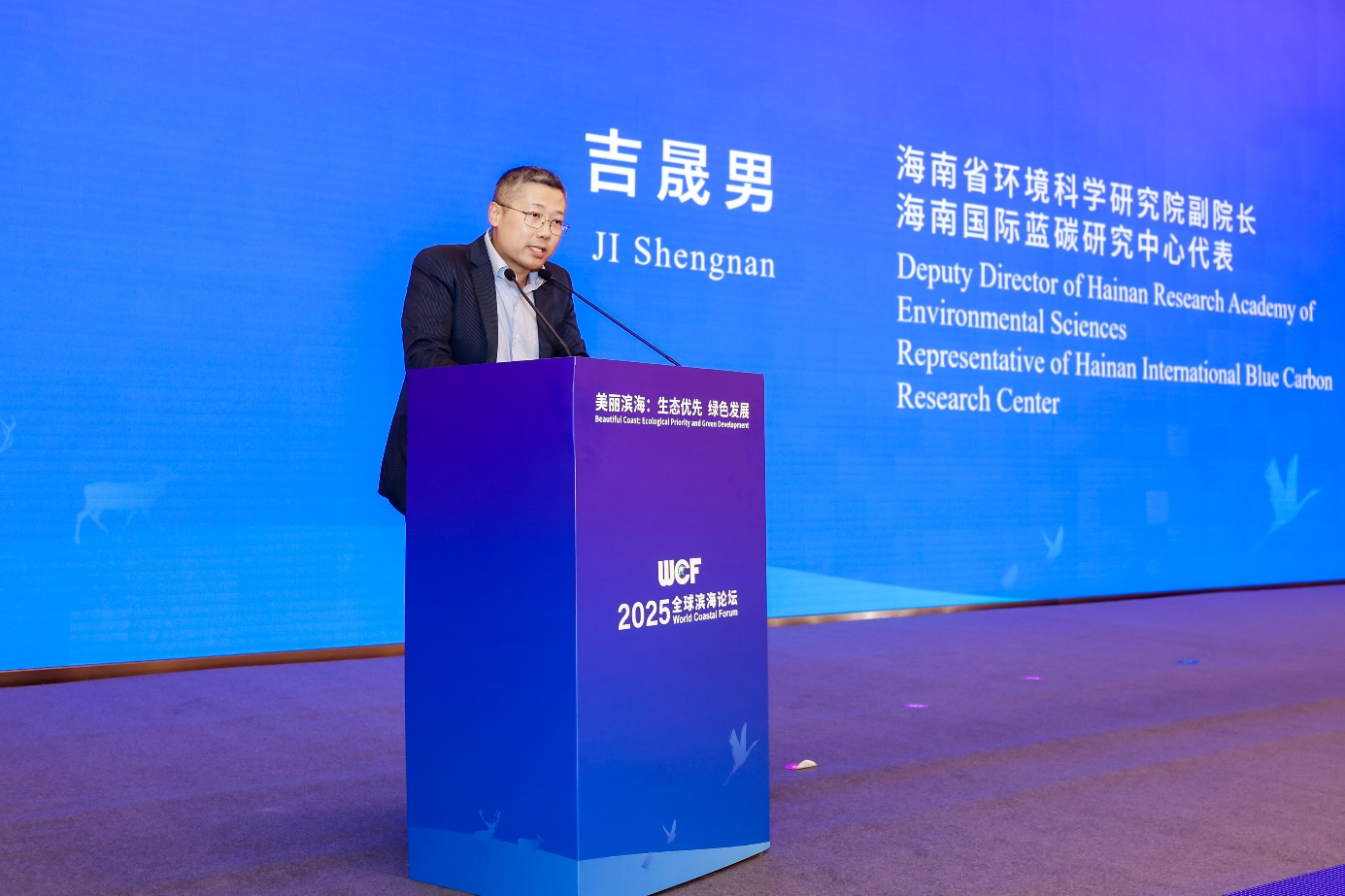
Photo 2: Mr. Ji Shengnan, Deputy Director of the Hainan Research Academy of Environmental Sciences
Prof. Lin Guanghui, Tsinghua University, Chief Scientist at the Hainan International Blue Carbon Research Center, elaborated on the global distribution and conservation status of mangroves, their ecosystem service values, and blue carbon monitoring and market applications. He stressed that mangroves are not only critical carbon sinks but also vital systems for coastal defense and biodiversity conservation. He also shared his team’s progress in blue carbon measurement, providing scientific evidence for mangrove protection policies.
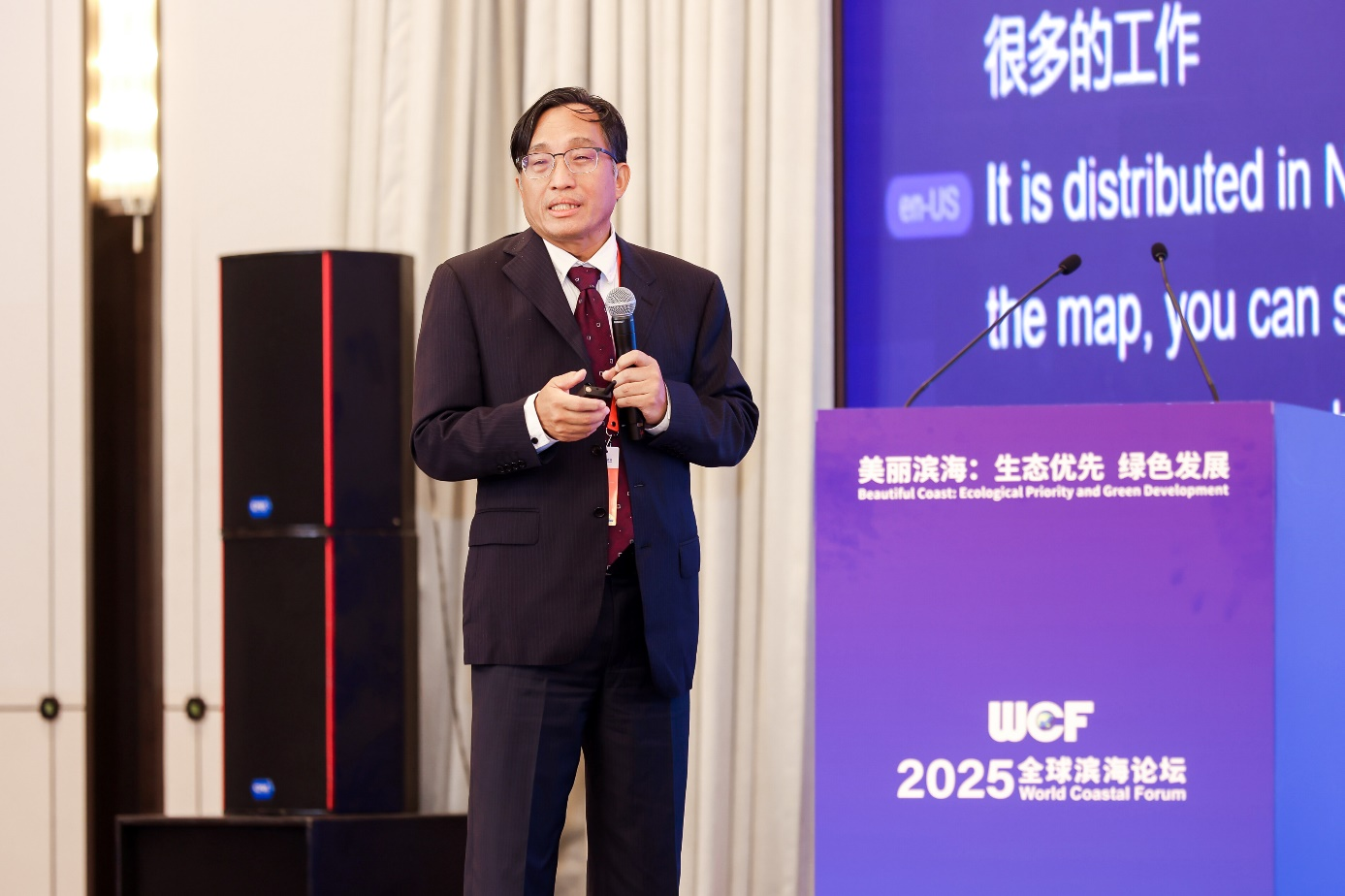
Photo 3: Prof. Lin Guanghui, Tsinghua University, Chief Scientist at the Hainan International Blue Carbon Research Center
Prof. An Shuqing, Nanjing University, Executive Council Member of the China Wetlands Association, presented innovative efforts in coastal wetland restoration and monitoring in China, highlighting the role of blue carbon ecosystems as major carbon sinks and the establishment of a new technical standard for carbon accounting in Jiangsu’s wetlands. He showcased the Sheyang Yinbao Reservoir project, which restored degraded wetlands into near-natural bird habitats, benefiting endangered species. The presentation also emphasized the use of financial mechanisms, including carbon sink loans, to unlock the value of ecological products, and the development of smart monitoring systems combining remote sensing.
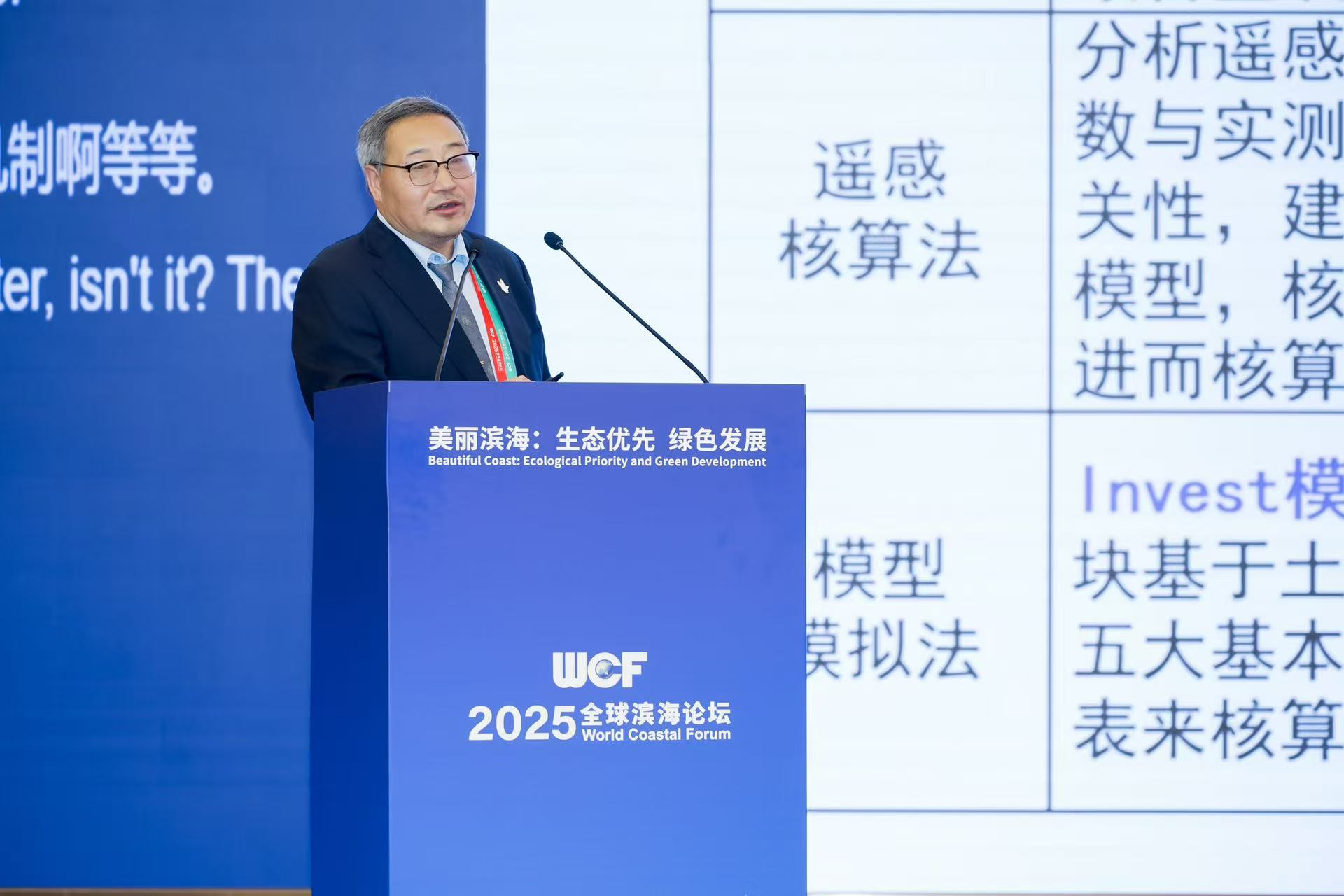
Photo 4: Prof. An Shuqing, Nanjing University, Executive Council Member of the China Wetlands Association
Dr. Zhou Haichao, Research Professor at Shenzhen University and Council Member of the China Wetlands Association, highlighted the ecological functions of mangroves and their role in supporting migratory flyways. He presented monitoring findings from Shenzhen Bay on the East Asian–Australasian Flyway, including satellite tracking studies of the Black-faced Spoonbill, which revealed migratory patterns and pathogen risks. He recommended strengthening stopover habitat protection, improving ecological corridors, advancing cross-sector data sharing, and enhancing public awareness, while also expanding regional cooperation with the IMC on monitoring and prevention.
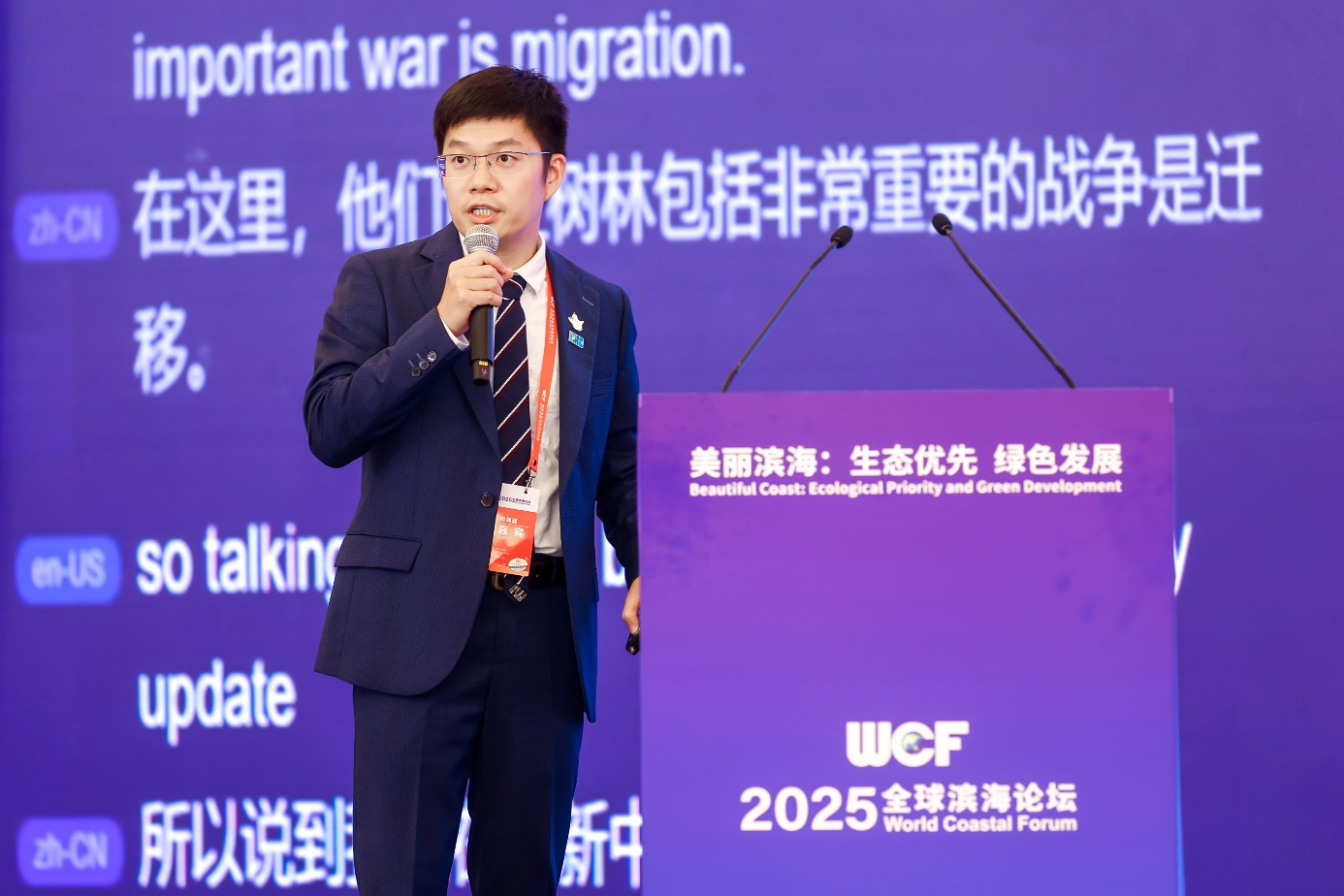
Photo 5: Dr. Zhou Haichao, Research Professor at Shenzhen University and Council Member of the China Wetlands Association
Mrs. Verónica Argelis González Quintero, Panama’s Ministry of Environment, presented Panama’s science-driven wetland and mangrove conservation initiatives. She highlighted the remarkable increase in American crocodile populations within mangrove ecosystems, noting that in some areas the species is becoming invasive. Beyond conservation achievements, she emphasized the importance of adaptive natural resource management and systematic biodiversity monitoring to ensure conservation and restoration successes.
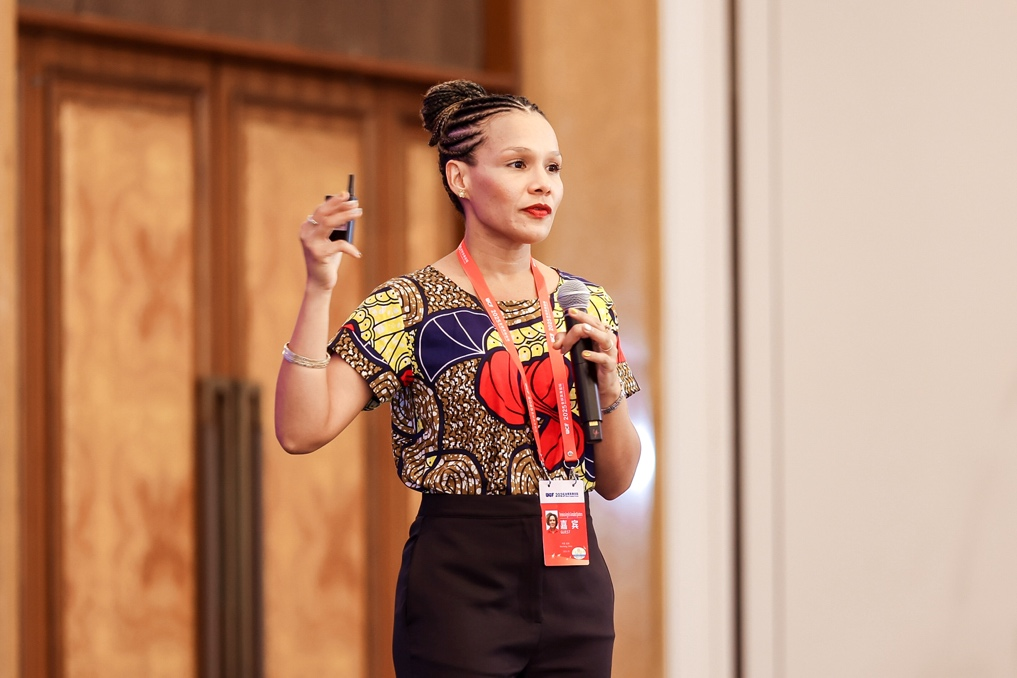
Photo 6: Mrs. Verónica Argelis González Quintero, Panama’s Ministry of Environment
Prof. Aluri Jacob Solomon Raju, Andhra University, India, discussed the carbon sequestration functions and threats facing mangroves, salt marshes, and seagrass beds as blue carbon ecosystems. He noted the impacts of sea-level rise and salinity changes on phenology and reproduction, and called for in-situ conservation, restoration of degraded wetlands, improved monitoring and public education, and strengthened ecological–community synergies.
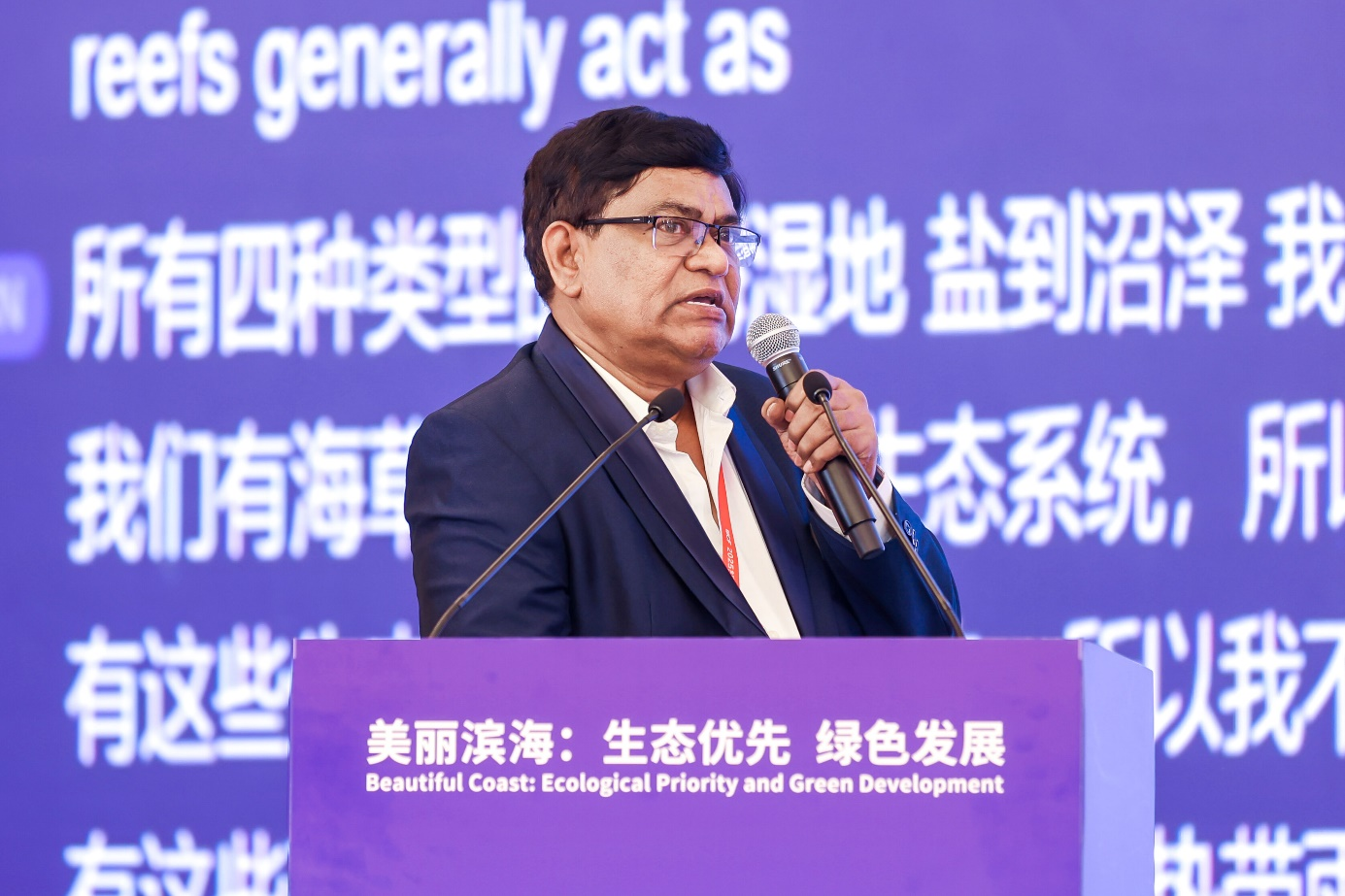
Photo 7: Prof. Aluri Jacob Solomon Raju, Andhra University, India
The seminar showcased the latest progress in mangrove wetland restoration and monitoring in China, Panama, and India—covering theoretical research, methodologies, project implementation, and smart monitoring. It provided vital scientific support for mangrove and coastal wetland conservation, while also introducing new approaches and methods for protecting and monitoring migratory birds.
On the same day, at Parallel Forum 1, “Coastal Ecosystem Conservation and Restoration” organized by the Department of Territorial and Spatial Ecology Rehabilitation, Ministry of Natural Resources of the People's Republic of China, Prof. Bao Daming, Director General of the IMC, delivered a thematic presentation. He proposed that the IMC would work to build a global partnership for mangrove conservation, innovate funding channels and expand membership, promote transboundary conservation and restoration as well as a global platform for outreach and education, share successful cases while developing a knowledge-sharing and technology transfer system, and explore mechanisms for realizing the value of ecological products.